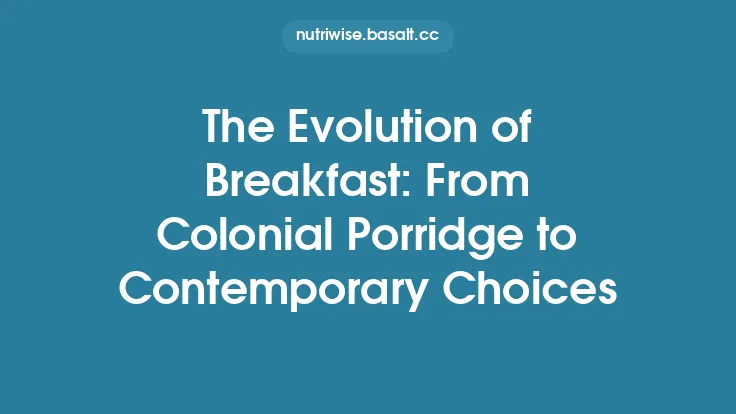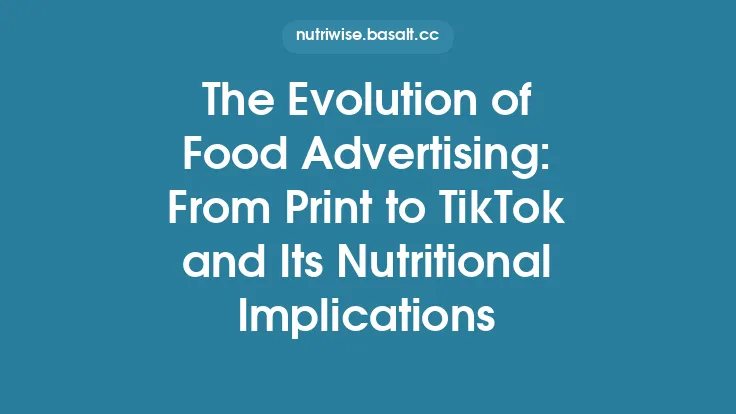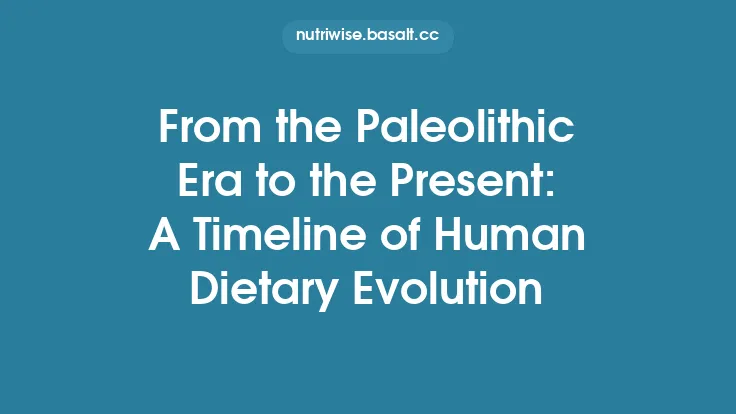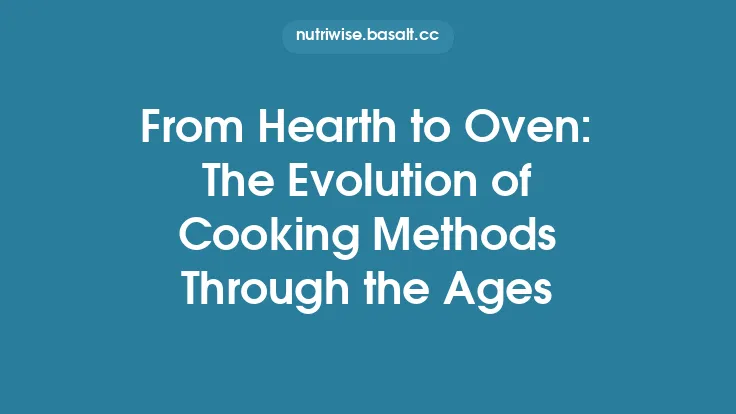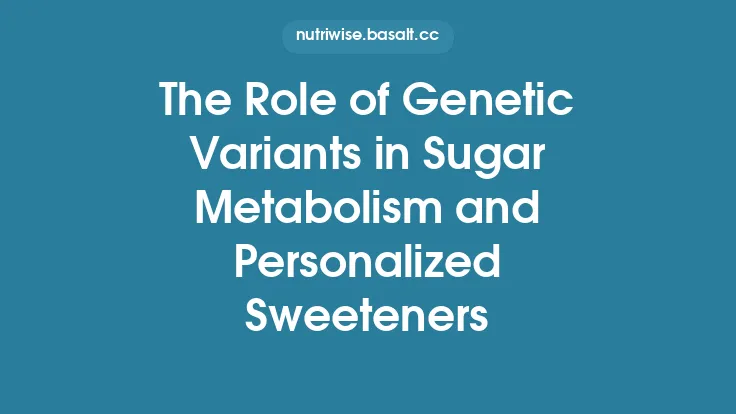The human palate has always been drawn to sweetness, a taste that signals energy‑rich carbohydrates and, in many cases, safety. From the earliest foragers who licked the nectar of wild flowers to modern consumers who reach for a packet of high‑intensity sweetener, the story of sweetening agents is a microcosm of cultural exchange, technological innovation, and shifting attitudes toward health and indulgence. This article traces that journey, examining the natural sources that pre‑date agriculture, the breakthroughs that enabled large‑scale sugar production, the chemistry that underpins modern sweeteners, and the cultural forces that continue to reshape how we sweeten our foods and drinks.
Early Natural Sweeteners: Honey, Fruit, and Sap
Honey
Honey is arguably the oldest known sweetener. Archaeological evidence from rock shelters in Spain and the Levant shows that Neolithic peoples collected and stored honey as far back as 8,000 BCE. Bees (Apis mellifera) produce honey by converting nectar—a dilute solution of sugars such as fructose, glucose, and sucrose—into a supersaturated, low‑water‑activity syrup through enzymatic activity (invertase) and evaporation. The resulting product is stable at room temperature, resistant to microbial spoilage, and rich in antioxidants, minerals, and trace enzymes, which contributed to its medicinal reputation in ancient Egypt, Greece, and China.
Fruit‑Based Sweeteners
Before the domestication of sugarcane, many societies relied on fruit juices and concentrates. Dates, figs, grapes, and berries were pressed, boiled, and reduced to thick syrups. In the Near East, date syrup (dibs) was a staple sweetener, while in the Mediterranean, grape must was boiled to produce a thick, honey‑like product called *defrutum (later sapa*). These fruit concentrates provided not only sweetness but also vitamins and organic acids that contributed to flavor complexity.
Tree Sap Syrups
The extraction of sap from certain trees offered another early source of sweetness. Maple sap, collected from *Acer saccharum* in North America, contains about 2 % sugar (primarily sucrose). Boiling the sap concentrates it into maple syrup, a process that can increase sugar concentration to roughly 66 % by weight. Similarly, birch sap, used by indigenous peoples of Siberia and Scandinavia, yields a lighter syrup with a distinct mineral profile. The labor‑intensive nature of sap collection limited these sweeteners to regional use, but they illustrate early human ingenuity in concentrating natural sugars.
The Advent of Sugarcane: From Wild Grass to Global Commodity
Botanical Origins
Sugarcane (*Saccharum officinarum*) is a tall, perennial grass native to New Guinea and the surrounding islands. Its stalks store sucrose at concentrations up to 20 % in the form of soluble sugars. Early Austronesian voyagers spread cultivated varieties throughout Southeast Asia and the Pacific, where the plant was used both as a food and a ceremonial offering.
Early Processing Techniques
The first known method of extracting sugar from cane involved crushing the stalks to extract juice, then heating the liquid in large open pans. The heat caused water to evaporate, concentrating the sucrose until it crystallized upon cooling. This rudimentary crystallization produced a coarse, brownish sugar known as “raw” or “jaggery.” The process required substantial fuel and labor, limiting production to small‑scale operations in India and the Persian Gulf by the 5th century CE.
Spread via Trade and Empire
The expansion of Islamic trade routes in the medieval period facilitated the diffusion of sugarcane cultivation to the Middle East, North Africa, and eventually the Iberian Peninsula. The Moors introduced sophisticated irrigation and milling technologies to Spain, while the Crusaders encountered sugar in the Levant and brought it back to Europe, where it was initially a luxury item reserved for royalty and the church.
Beet Sugar: A European Innovation
Discovery of High‑Sucrose Beets
In the late 18th century, German chemist Andreas Marggraf identified that certain varieties of beet (*Beta vulgaris*) contained appreciable amounts of sucrose. His student, Franz Karl Achard, refined the extraction process, demonstrating that beet juice could be concentrated and crystallized similarly to cane sugar. The first commercial beet sugar factory opened in Silesia (now Poland) in 1802.
Technological Advances
Beet sugar production benefited from the Industrial Revolution’s advances in mechanical engineering. Steam‑driven mills replaced manual crushing, while vacuum pan evaporators allowed for lower‑temperature concentration, preserving sucrose yield and reducing caramelization. By the mid‑19th century, beet sugar accounted for a growing share of the European sweetener market, especially during the Napoleonic Continental Blockade, which cut off cane sugar imports.
Impact on Global Supply
The ability to grow sugar beets in temperate climates democratized sugar availability. Nations such as France, Germany, and Russia rapidly expanded beet cultivation, leading to a dramatic drop in sugar prices. This shift contributed to the widespread incorporation of refined sugar into everyday foods, from confectionery to baked goods, and set the stage for the modern sweetener industry.
Refinement and Industrialization: From Raw Crystals to White Sugar
Clarification and Filtration
Raw sugar contains molasses—a mixture of non‑sucrose sugars, minerals, and organic acids. To produce white sugar, the raw crystals are dissolved in water, then clarified using lime (calcium hydroxide) and carbon dioxide, a process known as “carbonatation.” The lime raises pH, precipitating impurities, while carbon dioxide reacts to form calcium carbonate, which entraps suspended particles. The resulting clear syrup is filtered to remove the precipitate.
Crystallization Techniques
The clarified syrup undergoes controlled cooling in vacuum pans, promoting the formation of uniform sucrose crystals. Seeding the solution with fine sugar crystals ensures consistent crystal size. The crystals are then separated from the remaining liquid (molasses) using centrifuges—a technology introduced in the late 19th century that dramatically increased throughput.
Bleaching and Polishing
To achieve the characteristic bright white appearance, sugar crystals are often washed with a solution of sulfur dioxide or hydrogen peroxide, which oxidizes colored impurities. Finally, the crystals are polished in a rotating drum, removing surface residues and producing the free‑flowing granules familiar to consumers worldwide.
The Rise of Alternative Sweeteners
Sugar Alcohols
Sugar alcohols (polyols) such as sorbitol, xylitol, and erythritol are derived from the hydrogenation of sugars or from the fermentation of plant-derived carbohydrates. Their chemical structure—containing multiple hydroxyl groups—confers lower caloric density (approximately 2–3 kcal g⁻¹) and reduced impact on blood glucose. Xylitol, extracted from birch bark and corn cobs, gained popularity in dental products due to its ability to inhibit *Streptococcus mutans*.
High‑Intensity Sweeteners
Artificial sweeteners, first introduced in the early 20th century, provide sweetness many hundreds of times that of sucrose with negligible calories. Saccharin (discovered in 1879) and cyclamate (1930s) were followed by aspartame (1965), sucralose (1976), and newer compounds such as neotame and advantame. Their molecular mechanisms involve binding to the sweet‑taste receptors (T1R2/T1R3) on the tongue, triggering the same neural pathways as sucrose but without the associated carbohydrate load.
Natural High‑Intensity Sweeteners
In recent decades, consumer demand for “clean‑label” products has spurred interest in plant‑derived high‑intensity sweeteners. Stevia rebaudiana, a South American herb, contains steviol glycosides (e.g., stevioside, rebaudioside A) that are 200–300 times sweeter than sucrose. Monk fruit (*Siraitia grosvenorii*) yields mogrosides, which can be up to 250 times sweeter. Both are non‑caloric and have a favorable safety profile, though they may impart a slight aftertaste at high concentrations.
Cultural and Societal Implications of Sweetening
Sweetness as Status Symbol
Throughout history, the rarity and cost of refined sugar made it a marker of wealth and power. In medieval Europe, sugar was often displayed in elaborate sugar sculptures (sugar‑paste) at banquets, symbolizing the host’s prestige. The democratization of beet sugar in the 19th century eroded this exclusivity, leading to the proliferation of sweetened confections among the working class.
Sweeteners and Health Perceptions
The 20th century saw a growing awareness of the health impacts of excessive sugar consumption, linking it to dental caries, obesity, and metabolic disorders. This prompted the development of low‑calorie alternatives and public health campaigns encouraging reduced added sugars. Simultaneously, the “natural” label became a marketing asset, boosting sales of honey, maple syrup, and plant‑based high‑intensity sweeteners.
Regulatory Landscape
Because sweeteners intersect with nutrition, food safety, and consumer protection, they are heavily regulated. International bodies such as the Codex Alimentarius set acceptable daily intake (ADI) levels for artificial sweeteners, while national agencies (e.g., FDA, EFSA) evaluate novel sweeteners before market approval. These regulations shape product formulation, labeling, and consumer trust.
Modern Production Techniques and Sustainability
Integrated Biorefineries
Contemporary sugar factories increasingly operate as biorefineries, extracting not only sucrose but also valuable co‑products such as bioethanol, bagasse‑derived cellulose, and molasses‑based animal feed. This integrated approach improves resource efficiency and reduces waste, aligning sugar production with circular‑economy principles.
Precision Agriculture for Sugar Crops
Advances in remote sensing, GPS‑guided machinery, and data analytics enable growers to optimize irrigation, fertilization, and pest management for both sugarcane and sugar beet. By tailoring inputs to plant needs, yields improve while environmental footprints—particularly water use and greenhouse‑gas emissions—are minimized.
Emerging Sweeteners from Biotechnology
Synthetic biology offers the prospect of producing sweet compounds via engineered microorganisms. For example, yeast strains can be programmed to convert simple sugars into steviol glycosides or rare sugars like tagatose, bypassing agricultural cultivation altogether. Pilot-scale production of such bio‑sweeteners is already underway, promising lower land use and greater scalability.
The Future of Sweetening: Trends and Challenges
- Personalized Sweetness – Advances in nutrigenomics may allow manufacturers to tailor sweetener blends to individual metabolic profiles, balancing taste satisfaction with glycemic control.
- Zero‑Calorie Natural Sweeteners – Ongoing research into novel plant metabolites (e.g., brazzein from African fruit) aims to deliver intense sweetness without calories or aftertaste.
- Climate Resilience – As climate change threatens traditional sugarcane regions, breeding programs focus on drought‑tolerant, disease‑resistant varieties, while expanding beet cultivation into higher latitudes.
- Consumer Transparency – Blockchain and QR‑code labeling are being explored to provide end‑to‑end traceability of sweetener sourcing, addressing concerns over labor practices and environmental impact.
- Regulatory Evolution – As new sweeteners enter the market, regulatory frameworks will need to balance rapid innovation with rigorous safety assessment, especially for novel proteins and peptide‑based sweeteners.
Conclusion
The evolution of sweeteners mirrors humanity’s broader journey—from foraging and modest, regionally bound practices to globalized, technologically sophisticated production systems. Honey, fruit syrups, and tree sap represent early, resource‑intensive methods of concentrating nature’s sugars, while the rise of sugarcane and beet sugar ushered in an era of mass availability and culinary transformation. Modern refinements—both chemical and biotechnological—have expanded the palette of sweetening agents, offering options that address health concerns, sustainability goals, and cultural preferences. As we look ahead, the interplay between taste, technology, and societal values will continue to shape how we sweeten our world, ensuring that the simple pleasure of sweetness remains both a timeless delight and a dynamic field of innovation.
